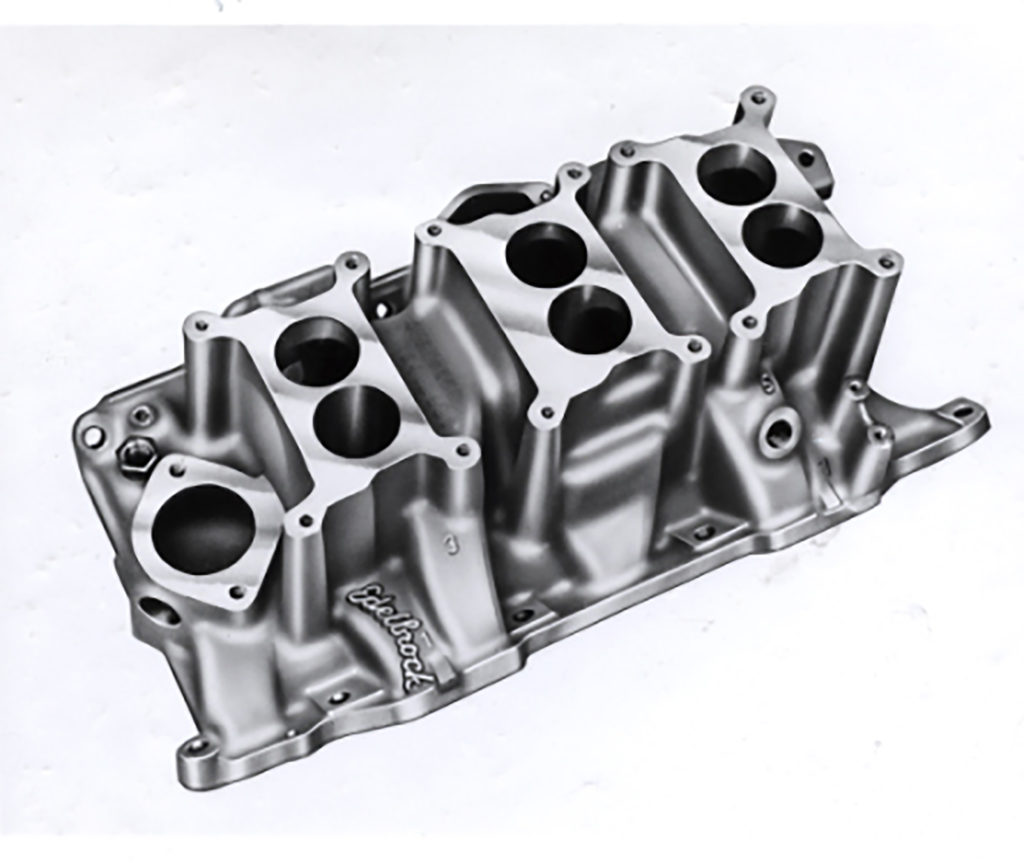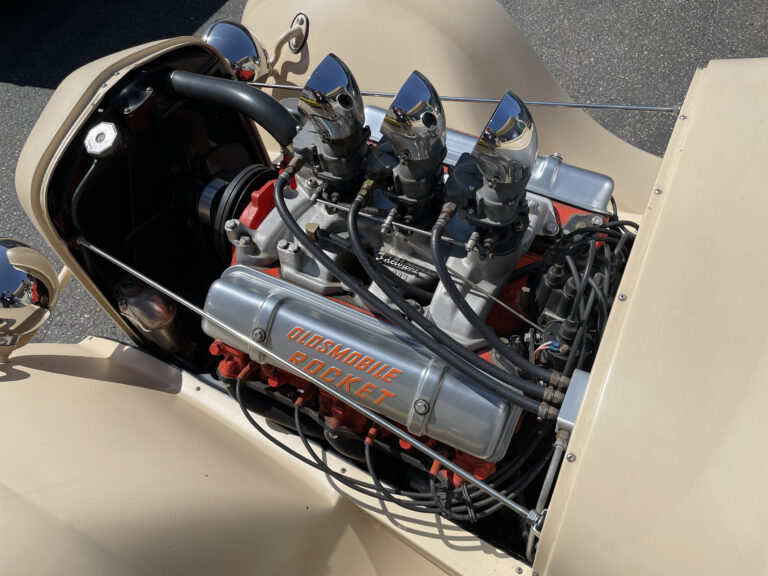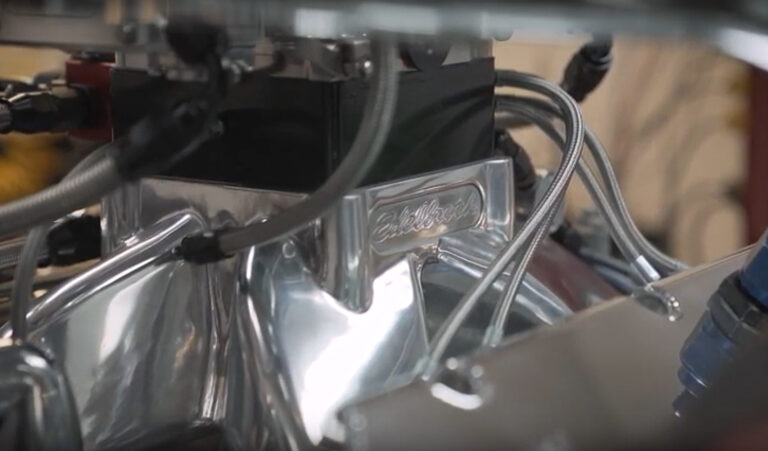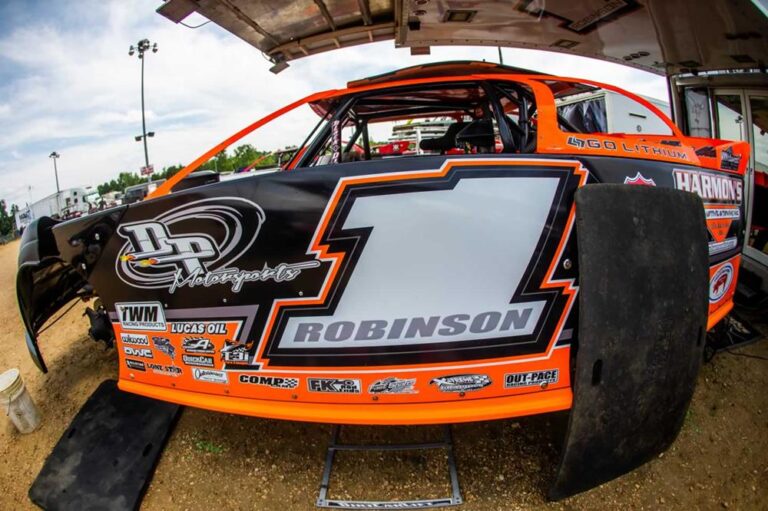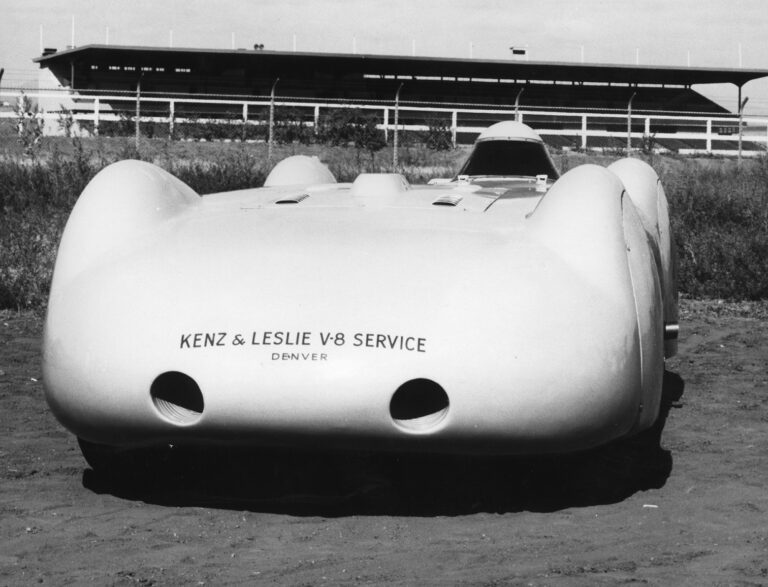
It was the pinnacle of the muscle car era. Detroit was pumping out high-performance cars at an absurd rate, and automakers were building on their performance image. At the time, Bob Cahill was Chrysler’s marketing/public relations expert. He had developed a working relationship with Vic Edelbrock Jr. during a sponsorship program for their Super Stock and Pro Stock racing teams. Sox & Martin, Herb McCandless, and Dick Landy ran Edelbrock decals on their Chrysler cars in exchange for sponsorship money.

When Chrysler decided to bring their racing image to the street, Cahill offered Vic something even better, and he jumped at the chance. Edelbrock would provide the manifold for the awesome “Six Pack” 440 engine that would be available on the Dodge Super Bee, Dodge Challenger, Plymouth Road Runner and Super Bird. Even better, the manifold would carry the Edelbrock name. Up to this point, the only other aftermarket part used by the factory and allowed to retain its original nameplate was George Hurst’s four-speed shifter.
Vic had been given unprecedented opportunity; one that would help change the course of the company. Chrysler Corporation purchased between 1,500 and 2,000 manifolds with the Edelbrock name in the casting. It was the largest single order in Edelbrock history. Cost factors with the decline of muscle cars forced Chrysler to go back to factory cast iron after two years, but what a ride it had been.

